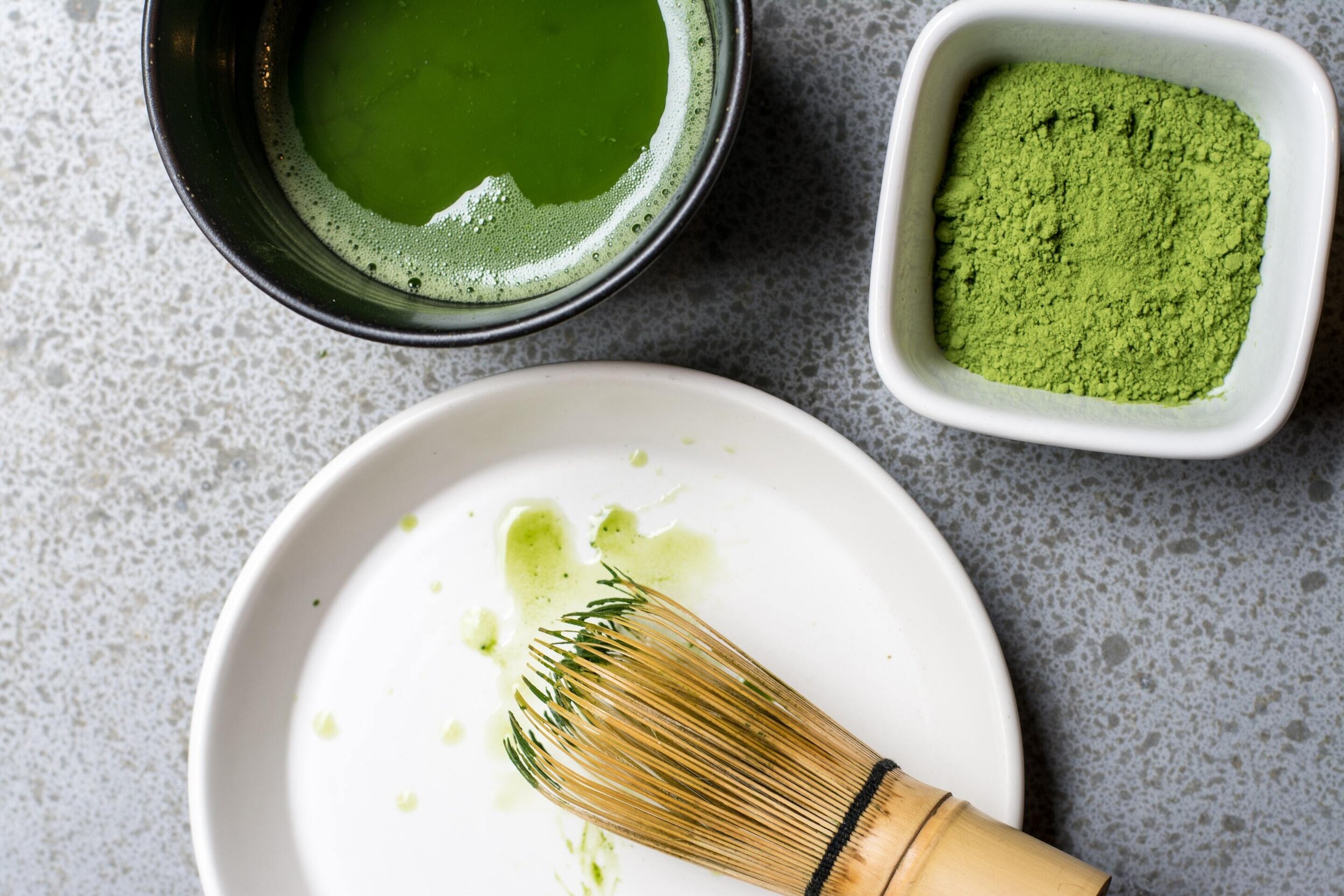Everything You Need to Know About Matcha
photo by Alice Pasqual
Keeping yourself and your family healthy and happy is a full-time job. And it’s one that changes all the time as medical understanding, the season, and your bodies change. But there are some things that don’t change. Drinking tea, the right kind of tea, is really good for your body. And the tea known as matcha definitely falls under the heading of the right kind of tea.
Here’s what you need to know if you’re looking to increase your energy levels and your immunity with a delicious glass of matcha tea.
What is Matcha?
Matcha is a vibrant, bright green tea powder that’s popular in many parts of Asia. It’s made of tea leaves that are steamed and dried before they’re ground into powder. This means you consume the entire leaf, which is why matcha may have even more benefits than regular tea. The taste of matcha is rich and layered and it has a unique scent similar to green seaweed.
Matcha has been used in China since the Sui Dynasty, which was around 581-618 CE.
At the end of the ninth century (the mid-Heian period of Japan), Japanese envoys to China brought matcha back to Japan. It was a hit, and the Japanese love of matcha continues to this day, which is why matcha is a staple of traditional Japanese tea ceremonies.
Matcha makes for a great tea. But if you don’t like tea, you can adapt it to other recipes or add milk and a natural sweetener to make a nice latte. It does contain some caffeine, so if you’re sensitive then make sure not to consume more than 2 cups (474 ml) per day.
Why is Matcha so Healthy?
Health enthusiasts rave about matcha because of its many health benefits. Most of these benefits come from the tea’s high L-theanine content. This is a non-protein amino acid with powerful stress-relieving properties.
Matcha contains more of this amino acid than other types of green tea because it’s made from green tea leaves grown in the shade. This process increases its content of certain compounds, including L-theanine and chlorophyll.
To grow matcha, farmers cover their tea plants for 20–30 days before harvest. This protects them from direct sunlight, increasing chlorophyll production, boosting the amino acid content, and giving the plant a darker green hue.
To make matcha, the tea leaves are harvested, and the stems and veins are removed. The leaves are then ground up into the fine powder that has become known as matcha.
photo by Jason Leung
Studies on the Benefits of Matcha
Matcha has strong stress reducing effects when its L-theanine content is high and its caffeine levels are low.
For example, in a recent study, 36 people ate cookies containing 4.5 grams of matcha powder each day. They experienced significantly reduced levels of the stress marker salivary alpha-amylase when compared with a placebo group who didn’t eat any matcha.
Matcha is also high in antioxidants and can help protect the liver, promote heart health and brain function, and even aid with weight loss.
How to Brew Matcha
To brew matcha at home, you will need special equipment and a different brewing method than you would use with normal tea. This method makes usucha, or thin tea. This is different to the matcha used in tea ceremonies, which is known as koicha, or thick tea.
Equipment:
• A matcha whisk
• Tea bowl
• A matcha spoon or teaspoon
• A matcha strainer (optional)
Method:
Add 2 scoops or 1 teaspoon of matcha to the bowl and use a strainer to sift the matcha free of clumps. Adjust the amount of matcha to your preferences.
Slowly add 1/3 cup of filtered hot water (~175°F).
Lightly press the matcha whisk into the bowl and whisk in a quick back and forth motion until a smooth layer of foam is created.
Enjoy immediately!
photo by Alejandra Ezquerro
The Takeaway
Matcha has been popular in Asian countries for centuries. And yet the western world is only starting to understand the benefits of this delicious powder. If you’re looking for an easy way to boost your immune system or lower your stress levels, then try drinking matcha in tea or adding it to recipes for a tasty health boost.
Matcha is only one of the many exciting ingredients that we study in-depth at the Academy of Healing Nutrition in New York and London. For a “food as medicine” approach to healthy living, see our online program. New classes begin every October, but you can join online anytime.



